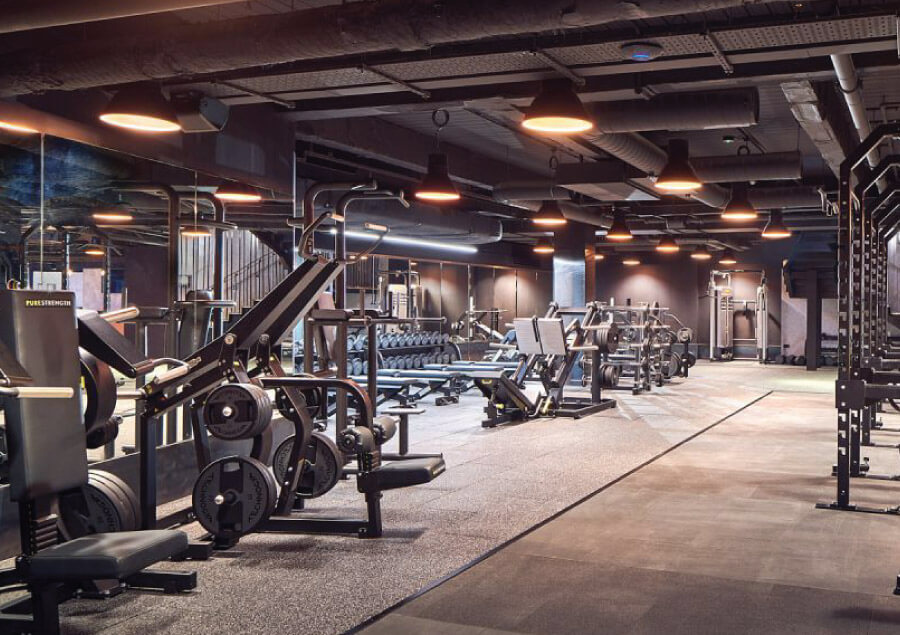What is the RMR Calculator?

Resting metabolism is the energy required by your body to perform the most basic functions when your body is at rest. These essential functions include things like breathing, circulating blood or basic brain functions. Your Resting Metabolic Rate (RMR) is one of the main contributing components of energy expenditure (around 70%). The rate at which these processes occur is measured in calories per unit of time, and is most often given in calories per day. The term basal metabolic rate (BMR) is often confused and/or interchanged with RMR or resting energy expenditure (REE). The RMR calculator is below, to grab a copy of your own RMR calculator visit the RMR widget page. The calculator is below:
Difference Between BMR and RMR
Basal metabolic rate is a precise calculation with a precise definition; RMR is close enough for practical purposes. In the United States, the average male BMR/RMR is 1662 calories. This number is also known as your metabolism. There is this misconception that thin people always have a high resting metabolic rate, however, the formula for resting metabolic rate is highly dependent on your current weight. Pumping blood through a greater body mass requires a greater calorie expenditure, thus a corpulent person will be burning more calories and will have a higher resting metabolism than a skinny individual.
RMR and Inactive Calories
“Inactive Calories” means the energy spend for maintaining the body. It is the fact that we spend much more for maintaining the idle body than for the activities of life. Research has proved that you are not completely at rest even when you are resting. In other words, the body is not and your respiratory and your circulation system is always active and contributes to the calories burnt while at rest. The metabolism calories your body burns while at rest represent 70% of the total calories the bodies of the average person consumes. That’s right you even burn calories in a day doing nothing. A very active person can burn more calories in a day and in order to compute your TDEE – total daily energy expenditure you can combine your activity factor with your resting metabolic rate. The number will give you your total daily energy expenditure.
How to Increase Your Metabolism
In order to increase your resting metabolic rate you can do several things including high-intensity interval training, weight lifting, eating 5-6 small meals per day, drinking water and green tea and much more. All of these factors together will help you to speed up your metabolism.